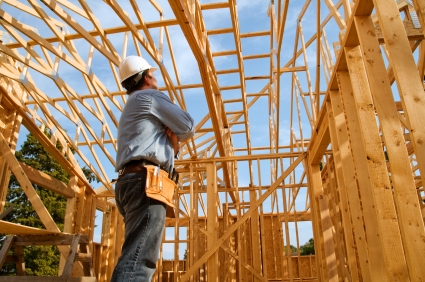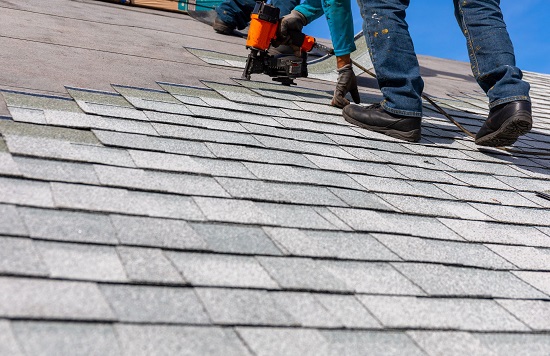In a world where market factors constantly evolve, custom home building has thrived in 2025 due to its consistency and adaptability. Despite the shifts in economic conditions and housing trends, this sector remains resilient and is buoyed by several factors. As prospective homeowners prioritize personalization, sustainability, and modern comforts, custom home building continues to offer a compelling proposition unmatched by standard housing models.
Surging Demand for Unique Living Spaces
Amidst prevalent market fluctuations, the allure of custom homes stems from the demand for unique and personalized living spaces. As per Builder Online, there was a notable increase to 46,000 custom building starts in the first quarter of 2022, marking a 28% rise compared to the same period in 2021. This surge can be attributed to homeowners’ desire for spaces that reflect their style and accommodate their specific needs.
Consumers today are not just looking for a place to live; they seek immersive living experiences that cater to their lifestyle choices. The flexibility in design and layout that custom homes offer is pivotal, allowing individuals and families to craft spaces that align perfectly with their vision and aspirations. As more buyers seek bespoke solutions, the custom home industry continues to experience robust demand.
Moreover, the value of community and connectivity in living spaces has become a significant consideration for prospective homeowners. Custom home building permits the integration of modern technologies and sustainable materials, ensuring energy efficiency and environmental harmony. As people become more environmentally conscious, these features add substantial appeal, further cementing the vigorous demand for custom-built homes.
Industry Foundation Built on Diverse Service Offerings
The custom home sector benefits from a solid infrastructure that includes diverse service offerings, enhancing client convenience and satisfaction. IBISWorld data reveals 6,977 businesses focusing on services like septic, drain, and sewer cleaning in the US as of 2022, indicating a well-supported industry ecosystem. These auxiliary services play a critical role in the custom housing experience by maintaining functional and sustainable living environments.
Offering a wide range of specialized services allows custom home builders to address varied client needs efficiently. Homeowners can rely on these service providers for regular maintenance and problem resolution, ensuring their dream homes remain in peak condition. This comprehensive support system underpins the sustained strength of the custom home market, making it a dependable choice for many.
Clients today expect more than just satisfying the immediate construction demands; they look for long-term partnerships with service providers. This network of services caters to every facet of home living, from design and building to maintenance, influencing homeowners’ decisions towards choosing custom builds over standard homes. Consequently, the industry thrives by aligning its offerings with consumer expectations and standards.
Technological Advancements in Building and Comfort
Technological advancements have significantly changed the way custom homes are designed and built, fostering the industry’s growth. Modern air conditioning units, designed to last for approximately 18 years, represent a commitment to durability and energy efficiency in custom homes. Such features ensure that homes not only meet but exceed the expectations of modern-day living.
Innovation in building materials and techniques enhances the adaptability of custom homes to evolving lifestyle needs. From smart home integrations to superior insulation and heating systems, the use of cutting-edge technology is a distinguishing factor. By incorporating these modern conveniences, custom homes remain attractive investments in the eyes of prospective homeowners.
These technological benefits also translate to greater cost efficiency and sustainability, core elements driving the custom home market. Homeowners appreciate the reduced energy bills and minimal environmental impact achieved through these innovations. As such, the integration of technology continues to fortify the industry’s position, ensuring its resilience amid market shifts.
Even as the housing market faces challenges, the popularity of custom home building remains undiminished in 2025. The industry’s commitment to personalization, comprehensive service offerings, and technological innovation ensures its continued relevance and appeal. As consumers look toward creating spaces that align with their unique living requirements, the custom home building sector is well-positioned to meet the evolving demands, enduring as a stronghold within the construction industry.









